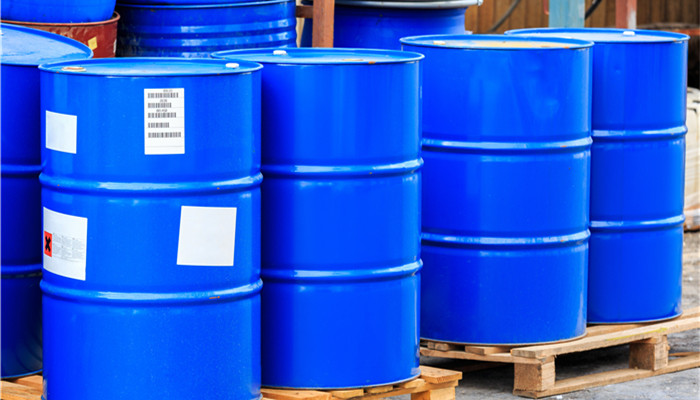
Xenon difluoride has a wide range of downstream applications and has broad prospects in the field of chemical vapor etching.
Xenon difluoride, also known as xenon difluoride, has the chemical formula XeF2. It appears as colorless and transparent crystals, easily sublimates at room temperature, and has a foul smell. Xenon difluoride is easily decomposed when it comes into contact with water, and can also be decomposed in neutral or alkaline solutions. It is relatively stable in acidic solutions, can burn when it comes into contact with flammable substances, has strong oxidizing properties, and can oxidize a variety of organic compounds and inorganic compounds. Fluorination.
Xenon difluoride is prepared by using xenon and fluorine as raw materials and reacting under heating conditions. It is mainly used as an oxidant and fluorinating agent. Xenon difluoride is a type of xenon fluoride. Compared with xenon tetrafluoride and xenon hexafluoride, xenon difluoride has milder oxidation and fluorination properties and better safety.
In aqueous solution, xenon difluoride acts as an oxidant. For example, xenon difluoride can react with sodium bromate to form sodium perbromate. In non-aqueous solutions, xenon difluoride acts as a fluorinating agent and has the advantage of good selectivity. It is widely used in the preparation of organic fluorides and inorganic fluorides. When used as a fluorinating agent, xenon difluoride generally releases Xenon is produced, and the xenon can be recycled and reused to make xenon difluoride, which has a good circular economy effect.
In addition to oxidants and fluorinating agents, xenon difluoride can also be used in the nuclear industry, such as reacting with uranium oxide to separate uranium-235. Xenon difluoride can also be used in the preparation of new materials, such as the production of fluorine-nitrogen double-doped graphene oxide, infrared fluorescent nitrogen-doped graphene, fluorine-doped spiral carbon nanotubes, etc.
According to the “Xenon Difluoride Industry In-depth Market Research and Investment Strategy Suggestions Report 2021-2025” released by the Industrial Research Center, In the chemical vapor phase process, xenon difluoride is also used as a fluorinating agent to etch the silicon surface, prepare a xenon difluoride vapor phase etching barrier layer, and can also be used in conjunction with anhydrous hydrogen fluoride to remove the sacrificial layer on the silicon surface. . Xenon difluoride vapor phase etching is a non-plasma etching microelectronic etching technology. It has the advantages of high yield and low cost. It is mainly used in MEMS (microelectromechanical systems) etching process.
In 2016, MEMS manufacturer Xactix Company and semiconductor manufacturer STS Company announced the launch of etching equipment for MEMS production, which uses xenon difluoride to achieve high selectivity isotropic etching. In addition to MEMS, xenon difluoride etching equipment can also be used in the field of materials science. In addition to etching silicon materials, it can also chemical vapor phase etching germanium, molybdenum and other materials.
Industry analysts said that MEMS can be used in a wide range of downstream applications, including medical equipment, industrial equipment, automotive electronics, consumer electronics, etc. field. In 2019, the global MEMS market size was approximately US$12 billion, and is expected to grow to approximately US$18 billion by 2025, with an average annual compound growth rate of 7.0%. China is the world’s largest producer of automobiles and consumer electronics. The transformation of industrial automation and intelligence is accelerating, and the demand for MEMS is even stronger. From this point of view, xenon difluoride has broad market prospects in the field of chemical vapor etching in the future.

 微信扫一扫打赏
微信扫一扫打赏

